What Is the Life Expectancy of Sheet Metal Ductwork?
What is the left expectancy of sheet metal ductwork? Is there a way to make it last longer? Read this to learn everything you need to know about it.
There are lots of different types of ducting, including flexible, spiral, fibreboard, aluminium, and sheet metal ducting. One of the most popular options is sheet metal ducting – but what is the life expectancy of sheet metal ductwork?
Lots of factors can come into play when determining which type of ducting is best. There are issues like rust and mould to consider, as well as condensation. However, how long ducting lasts is one of the key areas to consider when looking at products, and not something you should ignore.
So, to find out about sheet metal ductwork and how long it can last, just keep reading. We have plenty to get through in this blog.
Why is Ducting Important?
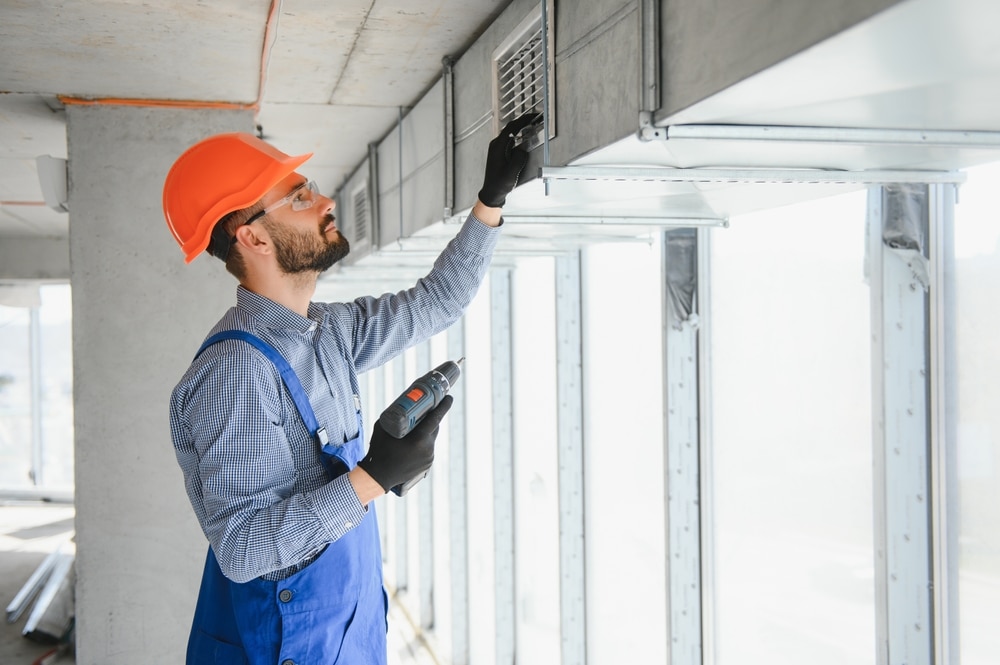
Ducting is needed because it helps with ventilation. It is used to circulate air around a building to either warm it up or cool it down whenever necessary. However, when ductwork is faulty, it can place unnecessary strain on your HVAC system, which will shorten its life and increase your utility costs.
Because of this, it’s important to know when you should replace your ducting. From uncomfortable rooms and dusty air to noisy systems and inconsistent temperatures, there are lots of signs to look out for that will determine if your duct system is damaged.
What Exactly is Sheet Metal Ductwork?
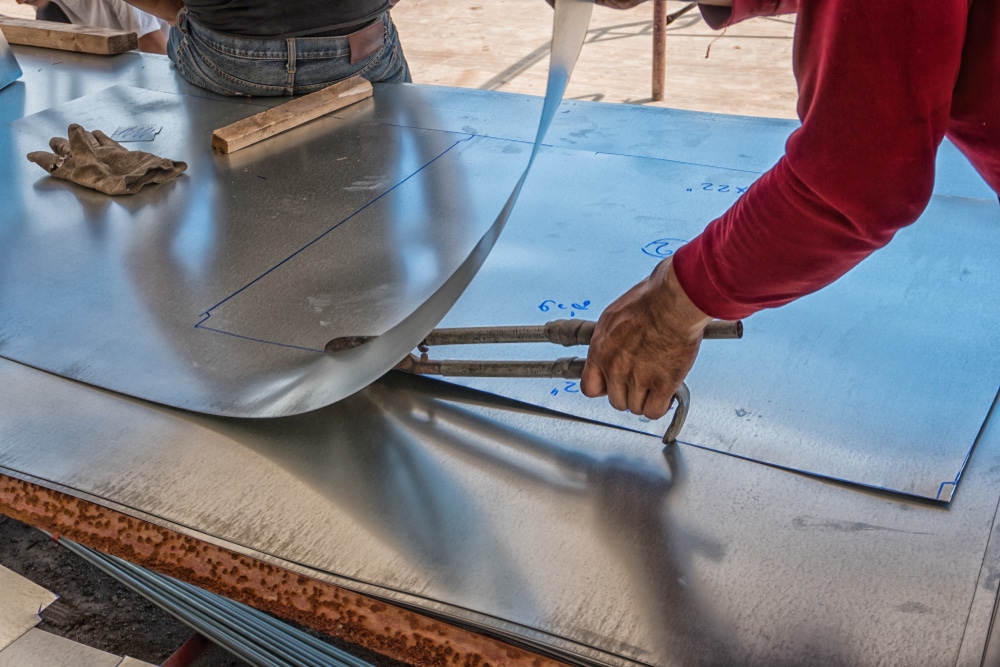
Sheet metal ductwork is simply a type of ductwork that is created by connecting two shaped sheets of metal together to form the duct. The metal is flattened out to the correct thickness, cut to size, and shaped before being connected.
The most common metal used for sheet metal ductwork is either aluminium or galvanised steel. Typically, this kind of ductwork can be rectangular, round, and in some cases spiral or oval depending on where it will be used.
What Are Its Uses?
Because sheet metal ductwork has a smooth surface and is rigid, it is very efficient and a fantastic option for most systems. Less energy is needed in order for the air to properly circulate the ducts thanks to its shape, and it’s easy to manage.
Depending on your specific HVAC requirements, sheet metal can be used to form various angles and bends to be suitable whenever you need it.
Is Sheet Metal Ductwork Better Than Other Kinds of Ductwork?
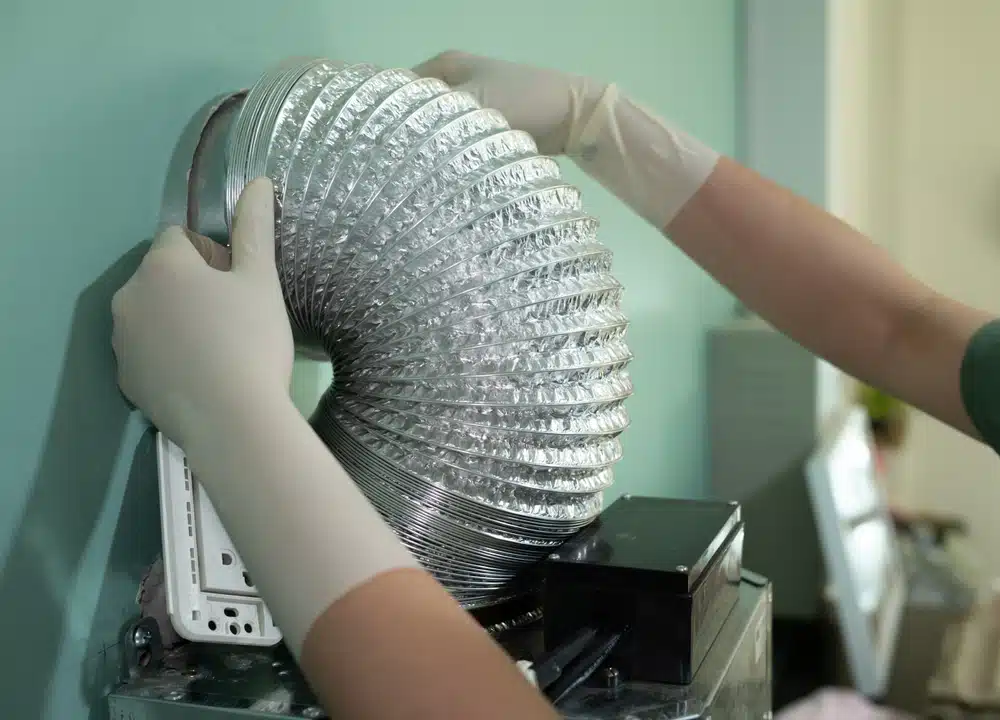
The biggest advantage of sheet metal ductwork is that it is non-porous. This means that there is nowhere for bacteria and mould to accumulate, so it’s less likely for those issues to occur.
As we mentioned before, another huge advantage of sheet metal ductwork is that it is very efficient, which will save money long-term. It can also be fabricated to suit particular needs, so you can use it just about anywhere.
If you are someone who wants to prioritise having clean ducts (and therefore clean air), but also wants your ducts to be durable, sheet metal is definitely the way to go.
The only disadvantage to sheet metal ductwork is the cost. Because of how fantastic and durable it is, it is also more expensive. However, the money is well worth it.
Other Kinds of Ductwork
Some ductwork is rigid while others are more flexible, which can be more challenging if you want to run it vertically, and some is made from aluminium or plastic. There are all kinds of options to consider when looking at ductwork, and they all have their advantages and disadvantages.
Some types of ductwork include the following:
- Fibreglass
- Flexible
- Fibreboard
- Steel
- Aluminium
- Carbon steel
- Stainless steel
- Plastic
The right ductwork for you will depend on a number of factors. So, if you’re in the market for new ductwork, make sure to do your research to find out which one will best suit your needs.
Is Insulated Ductwork Better Than Non-Insulated?
You might be asking yourself if metal ductwork needs to be insulated, and if it does, can you insulate it yourself?
The short answer to both is yes.
Insulated ductwork is far superior to regular ductwork because insulation will make the system more efficient. By insulating ductwork, you can reduce the amount of energy needed, and therefore reduce utility costs. It also helps to improve air quality, so there are plenty of reasons to opt for insulated ductwork.
When it comes to insulating your own ductwork, it is possible. However, we would always recommend getting in touch with a professional to get the job done right. Even if you think you have great DIY skills – and you might – it’s easy for things to go wrong, and professionals are here for a reason.
What is the Life Expectancy of Sheet Metal Ductwork?
Metal ducting has many advantages, but they can vary depending on the metal used. One of these advantages is how long ductwork can last when you properly take care of it – up to 25 years.
Although 25 years is the maximum, most professionals will recommend getting ductwork replaced every 10–15 years to be safe. This is because ductwork will gradually get damaged over time, and holes and dents may appear due to use.
How to Make Sheet Metal Ductwork Last Longer
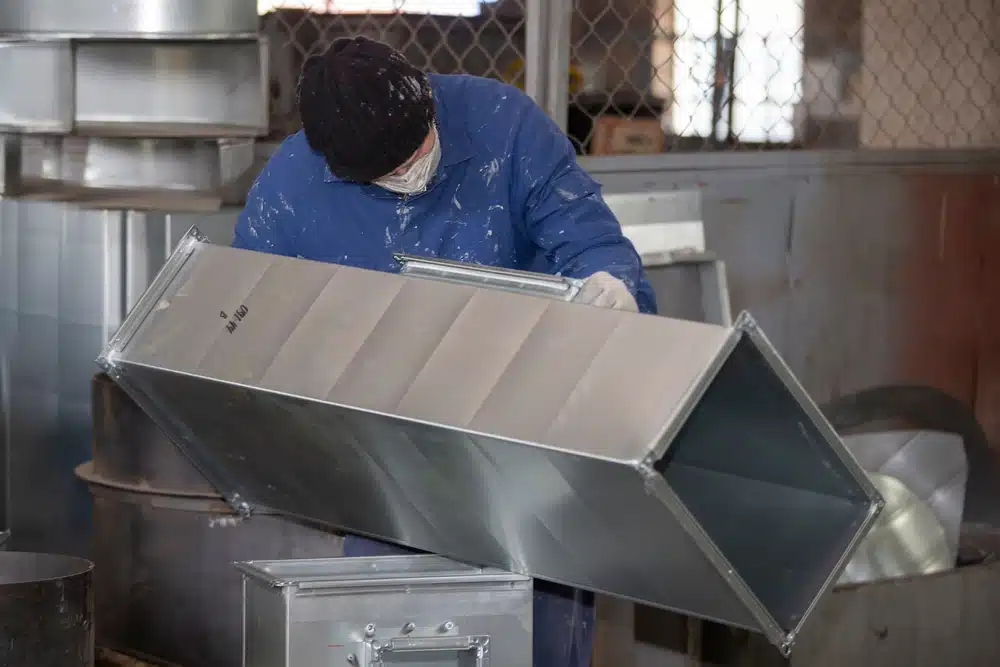
Like everything, you need to make sure that you take care of your ducts if you want them to last as long as possible. Despite the fact that all professionals will suggest that you replace your ducts every 15 or so years, there are ways to help your ductwork last beyond this.
The first thing you can do, if you are able to, you can seal ducts yourself to make them last longer. By sealing your ductwork, you will extend its shelf life and prevent pests from entering the system. You can seal leaking ducts yourself by using a duct sealant or duct sealing tape to get the job done.
On top of that, you should ensure that your ducts are regularly cleaned out, and general maintenance is carried out. By regularly checking on your ductwork, you should be able to quickly identify any areas that need some fixing up.
Why Furniture Placement is Important
Depending on where your vents and ducts are, it can be crucial to put your furniture in the right spot. You should always aim to keep furniture away from ducts and vents, as this will help to prevent build-ups and other issues.
Schedule Tests for Your Ducts
If you don’t feel like you’re the one for the job, you can schedule someone to check on your ducts for you. Tests should be carried out to check if there are any issues like leaks, so you know where you stand.
Final Thoughts on Sheet Metal Ductwork
Sheet metal ductwork is a very popular ductwork option for all kinds of buildings, but it doesn’t always come cheap. Because this kind of ductwork is non-porous, it is one of the most hygienic options when it comes to ductwork, and you don’t really need to worry about bacteria or mould being an issue.
Not only that, but sheet metal ductwork is more energy efficient, so it can help you save money long-term. What is the life expectancy of sheet metal ductwork, though? The answer to that can go up to a whopping 25 years.
If you are able to maintain your sheet metal ductwork properly by cleaning it and carrying out frequent tests, you could make it last longer than the recommended 15 years,
However, it’s important to note that if your ductwork needs to be replaced, you shouldn’t put it off. If your sheet metal ductwork only lasts 12 years and there’s nothing you can do to fix it, it has served its purpose.

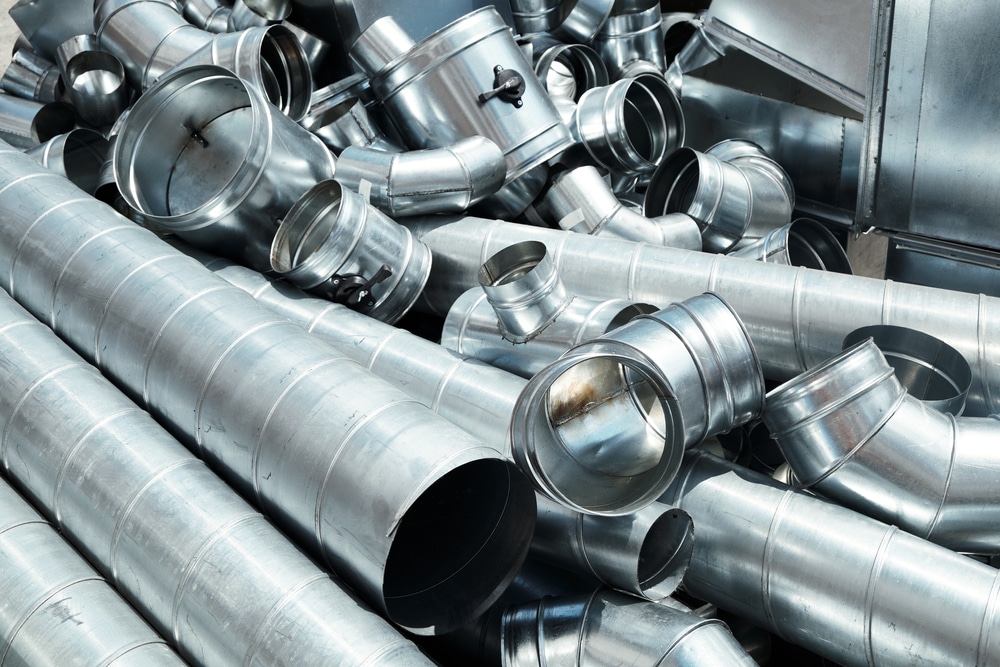

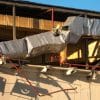
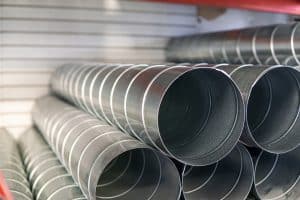
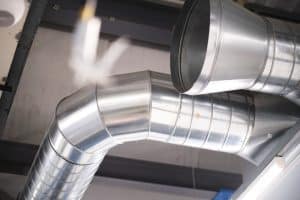

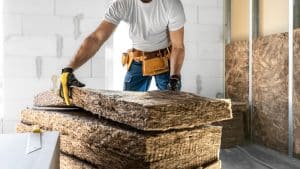





















Add comment
You must be logged in to post a comment.